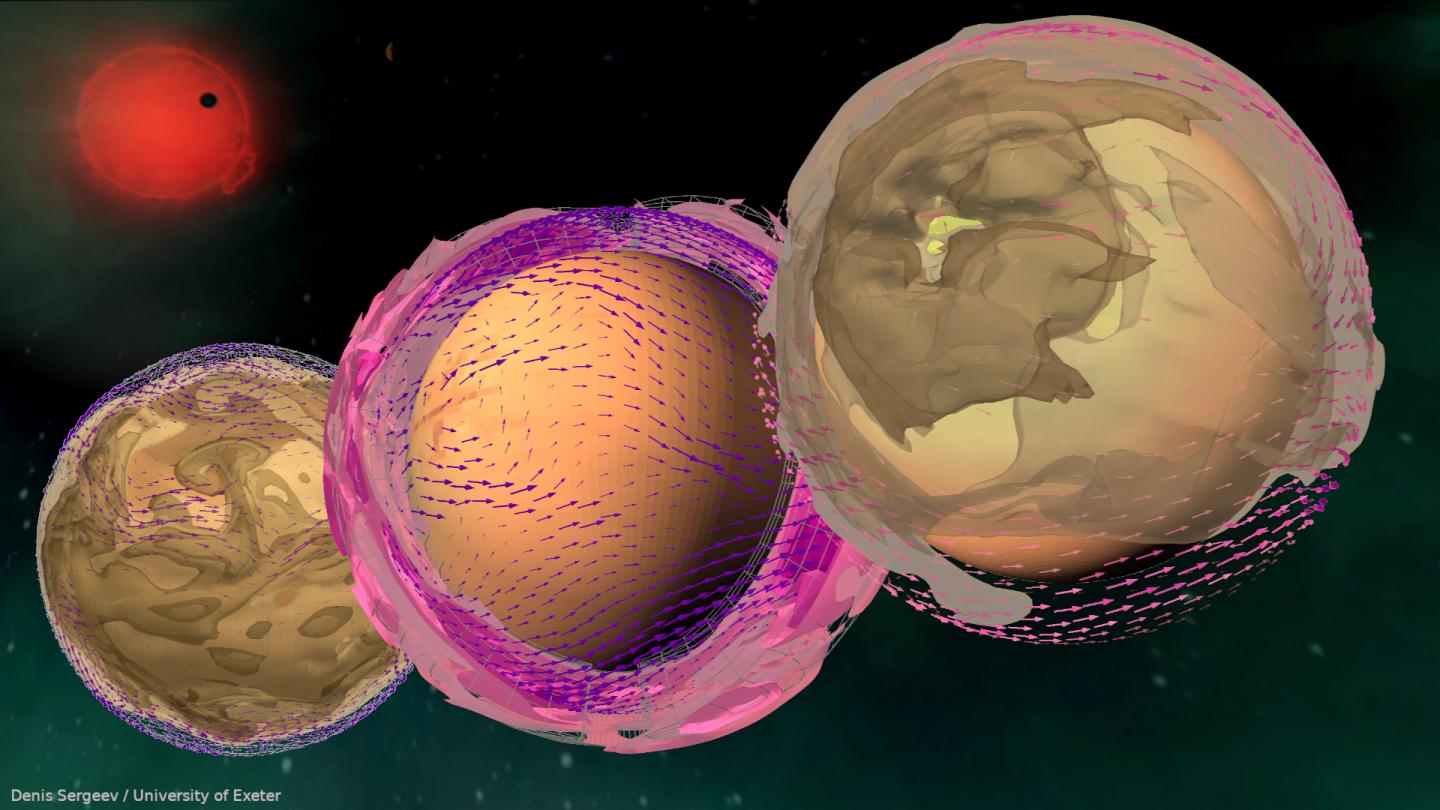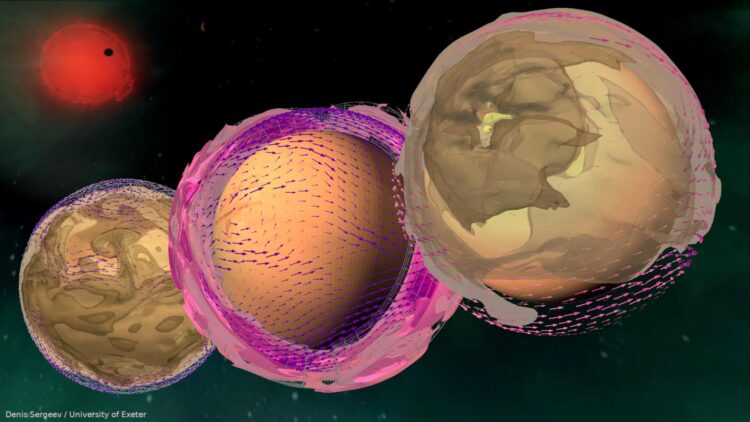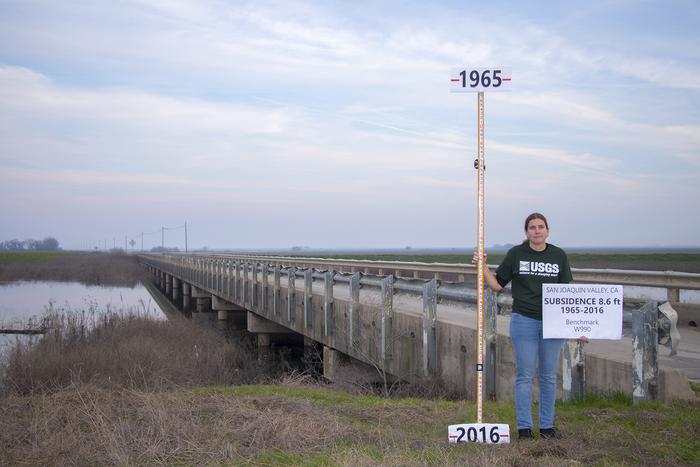
Credit: Denis Sergeev/ University of Exeter
Scientists have expanded our understanding of potentially habitable planets orbiting distant stars by including a critical climate component – the presence of airborne dust.
The researchers suggest that planets with significant airborne dust – similar to the world portrayed in the classic sci-fi Dune – could be habitable over a greater range of distances from their parent star, therefore increasing the window for planets capable of sustaining life.
The team from the University of Exeter, the Met Office and the University of East Anglia (UEA) isolated three primary impacts of dust.
Planets orbiting close to stars smaller and cooler than the Sun, so-called M–dwarfs, are likely to exist in synchronised rotation-orbit states, resulting in permanent day and night sides.
The researchers found that dust cools down the hotter dayside but also warms the night side, effectively widening the planet’s `habitable zone’, the range of distances from the star where surface water could exist. Detection and characterisation of potentially habitable distant planets is currently most effective for these types of worlds.
The results, published today in Nature Communications, also show that for planets in general, cooling by airborne dust could play a significant role at the inner edge of this habitable zone, where it gets so hot that planets might lose their surface water and become inhabitable – in a scenario thought to have occurred on Venus.
As water is lost from the planet and its oceans shrink, the amount of dust in the atmosphere can increase and, as a result, cool the planet down. This process is a so-called negative climate feedback, postponing the planet’s loss of its water.
Crucially, the research also suggests that the presence of dust must be accounted for in the search for key biomarkers indicative of life – such as the presence of methane – as it can obscure their signatures as observed by astronomers.
The experts suggest that these results mean exoplanets must be very carefully considered before being potentially rejected in the search for habitable distant worlds.
Dr Ian Boutle, lead author of the study and jointly from the Met Office and the University of Exeter said:” On Earth and Mars, dust storms have both cooling and warming effects on the surface, with the cooling effect typically winning out. But these ‘synchronised orbit’ planets are very different. Here, the dark sides of these planets are in perpetual night, and the warming effect wins out, whereas on the dayside, the cooling effect wins out. The effect is to moderate the temperature extremes, thus making the planet more habitable.”
The presence of mineral dust is known to play a substantial role in climate, both regionally as found on Earth and globally, as experienced on Mars.
The research team performed a series of simulations of terrestrial or Earth-sized exoplanets, using state-of-the-art climate models, and showed for the first time that naturally occurring mineral dust will have a significant impact on whether exoplanets can support life.
Prof Manoj Joshi from UEA said that this study again shows how the possibility of exoplanets supporting life depends not only on the stellar irradiance – or the amount of light energy from the nearest star – but also on the planet’s atmospheric make-up. “Airborne dust is something that might keep planets habitable, but also obscures our ability to find signs of life on these planets. These effects need to be considered in future research.”
The research project included part of an undergraduate project by Duncan Lyster, who features on the paper’s list of authors. Duncan, who now runs his own business crafting surfboards added: “It’s exciting to see the results of the practical research in my final year of study paying off. I was working on a fascinating exoplanet atmosphere simulation project, and was lucky enough to be part of a group who could take it on to the level of world-class research.”
The quest to identify habitable planets far beyond our solar system is an integral part of current and future space missions, many focused on answering the question of whether we are alone.
Nathan Mayne, from the University of Exeter, who along with a co-author was able to work on this project thanks to funding from the Science and Technology Facilities Council (STFC) added: “Research such as this is only possible by crossing disciplines and combing the excellent understanding and techniques developed to study our own planet’s climate, with cutting edge astrophysics.
“To be able to involve undergraduate physics students in this, and other projects, also provides an excellent opportunity for those studying with us to directly develop the skills needed in such technical and collaborative projects.
“With game-changing facilities such as the JWST and E-ELT, becoming available in the near future, and set to provide a huge leap forward in the study of exoplanets, now is a great time to study Physics!”
###
Media Contact
Duncan Sandes
[email protected]
Related Journal Article
http://dx.






